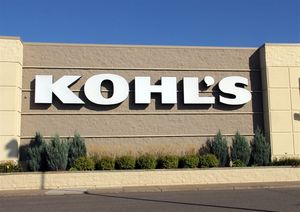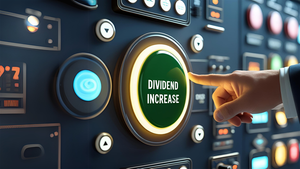Words by Amy Brown
SOURCE: TriplePundit
DESCRIPTION:
When her daughter’s fourth-grade education became increasingly dependent on internet access three years ago, Jamillah Lamb, a director on Capital One’s Community Finance team, had one of those lightbulb moments. While she could provide her daughter with devices and in-home internet and digital access, what about those families who couldn’t?
“I began to think about the impact of the digital revolution on families who may not have the same resources as everyone else,” Lamb told TriplePundit. “From my work at Capital One, I know that digital inclusion is financial inclusion, and I have seen how corporations can make a large-scale impact in helping underserved communities. I think it’s important for each of us in society to use our particular assets to make a positive social change.”
Lamb turned that lightbulb moment into a full-fledged initiative: the Capital One Digital Access (CODA) program, which provides access, training, and devices to residents at affordable housing developments that Capital One helps to fund. It is part of the Capital One Impact Initiative, an initial $200 million, five-year commitment to support growth in underserved communities and advance socioeconomic mobility by closing gaps in equity and opportunity.
The more Lamb learned about the digital access divide, and how it disproportionately affects communities of color and low-income households, the more she realized Capital One was once again in a position to put its resources to good use, in this case providing digital access for those who need it most.
In New York City alone, where a number of the properties in CODA are located, almost 30 percent of households do not have broadband internet, including 46 percent of households living below the poverty line. For Lamb, it quickly became a passion project: “I really wanted to make a difference for these families.”
This digital access program launched during the pandemic, bringing relief when it was needed most
The program took two years to design, and Lamb and her colleagues were about to launch in March 2020 when the coronavirus pandemic hit. “I don't think we could have ever predicted that we would be launching this at the start of a pandemic, and it certainly has provided challenges but also opportunities, because it was needed more than ever,” Lamb explained.
After ironing out a few hitches, like devising other ways to bring internet into homes when it wasn’t possible for in-home technicians to set up routers, the program got off the ground. Now, over 1,000 families at 11 affordable housing properties across the U.S. benefit from CODA.
For these families, the program has been a lifesaver during the pandemic, helping with everything from jobs and education to managing finances and staying connected with family. They are not alone in coming to depend on digital access: More than half (53 percent) of Americans have said access to the internet and online tools has been essential during the pandemic.
Lamb’s many years working as an underwriter for Capital One affordable housing loans showed her just how many families could benefit by simply getting a hand up, she told us. The program grants free digital access to all building residents for a set period of time (typically between two to five years) to get them started. Free Chromebooks and tablets are also made available to residents.
That all adds up to more children being able to participate in virtual lessons, parents who can work remotely, and senior citizens who can maintain contact with healthcare providers while staying safely in their homes.
“For me, it’s just knowing the impact that it's making on people's lives — that they are better off today than they were yesterday,” Lamb said. “At the start of the program, one resident told me this will change not only their lives, but [also] their children's lives. And that was really powerful and stuck with me. Being able to really make an impact on someone is very rewarding.”
A digital helping hand provides a long-lasting impact on families
While digital access has been more vital during the pandemic — with the massive shift to remote work and education as families continue to shelter indoors — Lamb knows that its value will resonate with these families for years to come. “For adults continuing their education, or anyone needing to access tele-health or online financial services like banking and bill paying, digital access is really becoming an essential utility like electricity, water or gas,” she told 3p.
That’s where the government is in a position to make some changes. In April the Federal Communications Commission (FCC) began testing a program called the Emergency Broadband Benefit, aimed at helping households struggling to pay for internet service during the pandemic. It will provide a discount of up to $50 per month toward broadband service for eligible households and up to $75 per month for households on Tribal lands. Eligible households can also receive a one-time discount of up to $100 to purchase a laptop, desktop computer, or tablet from participating providers if they contribute $10 to $50 toward the purchase price.
But until digital access becomes as common a utility as water or electricity for most U.S. residents, programs like CODA provide an important way to close the gap and expand digital inclusion. Based on the pilot of 11 properties, Capital One intends to continue the program, looking at lessons learned and determining what improvements could be made to reach even more families in need of a digital helping hand in the future, Lamb said.
This article series is sponsored by Capital One and produced by the TriplePundit editorial team.
KEYWORDS: capital one, Triple Pundit, digital access








